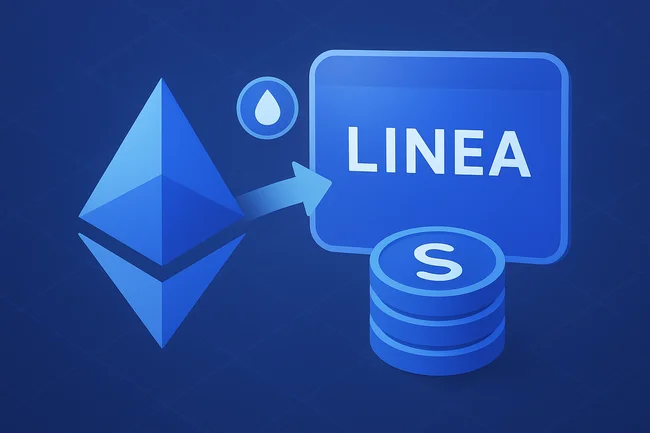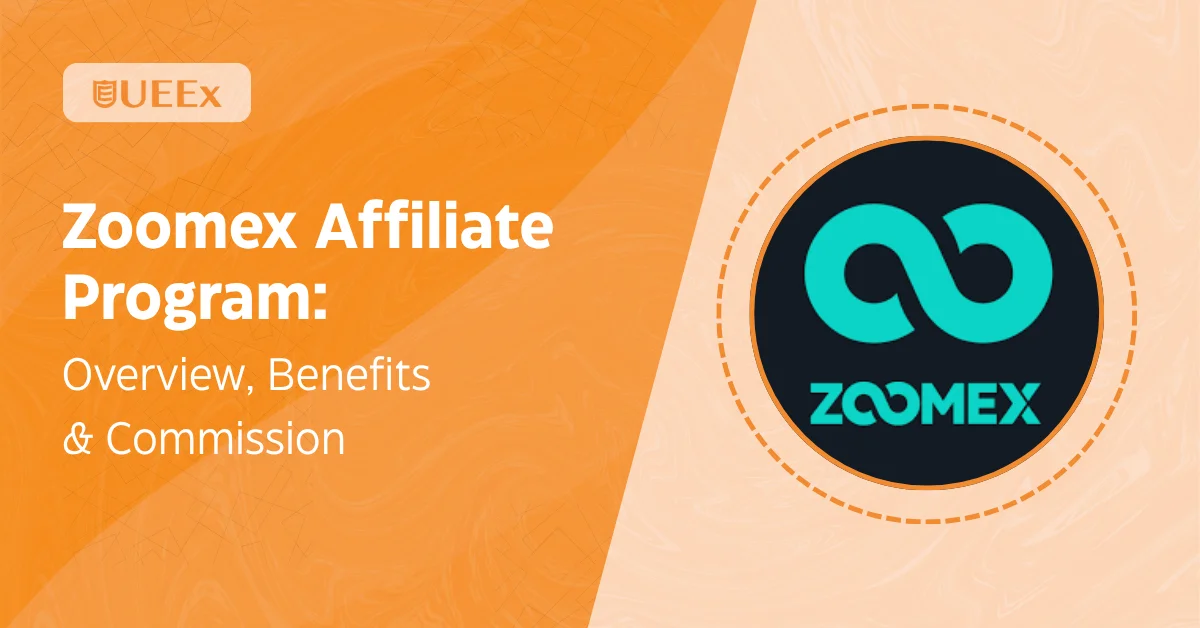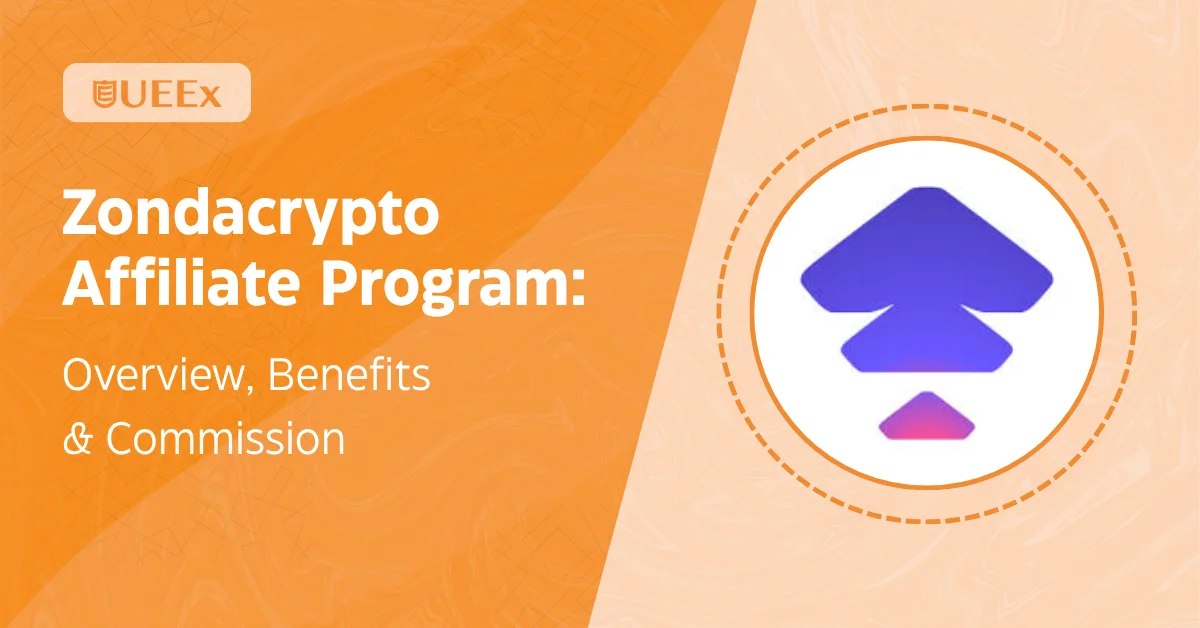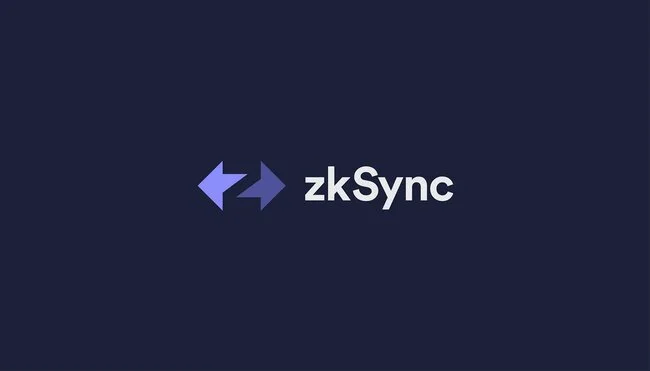Lido has launched its Direct Staking functionality on the Linea network, allowing users to stake Ether (ETH) directly without bridging assets to and from Ethereum’s mainnet. The development marks a new phase in Lido’s effort to simplify ETH staking across Layer 2 environments.
The new feature is powered by Chainlink’s Cross-Chain Interoperability Protocol (CCIP), which enables secure token and instruction transfers across blockchains. Through this integration, Linea users can stake ETH and receive wrapped staked ETH (wstETH) in a single transaction. Currently, the feature is supported on decentralized exchanges including XSwap, OpenOcean, and Interport.
Simplifying Cross-Chain Staking
Until now, users on Layer 2 networks such as Linea faced multiple steps when staking ETH through Lido — transferring assets to the Ethereum mainnet, staking, and then bridging back the resulting wstETH. The new Direct Staking option removes these steps by automating cross-chain communication and staking execution.
According to Lido, the process reduces gas fees and transaction time while keeping users within Linea’s ecosystem. The result is faster access to wstETH, a liquid staking token that can be used across decentralized finance (DeFi) protocols on Linea.
The launch comes as Ethereum’s Layer 2 networks gain traction for their lower transaction costs and scalability. Integrating Lido’s staking protocol directly into these networks aims to make liquid staking more accessible to smaller users and developers building on L2 platforms.
Powered by Chainlink’s Cross-Chain Framework
The Direct Staking mechanism relies on Chainlink’s CCIP, which supports programmable token transfers — the simultaneous movement of tokens and cross-chain instructions. This design allows staking transactions to occur atomically across Linea and the Ethereum mainnet.
Two operational models are available. In the liquidity pool-based approach, users instantly receive wstETH from a Linea-based pool, while their ETH is transmitted and staked on Ethereum via Lido. The on-demand method, meanwhile, sends both ETH and staking instructions cross-chain in real time, with wstETH minted and returned directly to the user’s Linea wallet.
Chainlink’s infrastructure also includes Data Feeds for price verification and Automation services for managing staking schedules and liquidity balancing. Together, these systems are designed to ensure fair exchange rates, maintain pool health, and minimize manual intervention.
Expanding Lido’s Presence on Linea
The integration is expected to strengthen wstETH’s position within Linea’s DeFi ecosystem, which benefits from the network’s zkEVM architecture. Several decentralized applications on Linea are preparing to adopt Direct Staking to give users streamlined access to Lido’s staking service. By embedding staking functions within the network, Lido and Chainlink aim to broaden participation in Ethereum staking while supporting the continued expansion of multi-chain DeFi infrastructure.
Related posts:
- Bitkraft Ventures Launches $275 Million Gaming Fund as AUM Hits $1Bn
- PSG Fan Token Soars 25% as Club’s Victory Against Barcelona Sparks Activity
- Tether to Freeze Assets Linked to Venezuela, Here’s Why
- Binance’s CZ Faces Legal Troubles, But Fortune Remains Unscathed
- Pump Fun Hacker Arrested in London, Shares Shocking Revelations About the Platform






